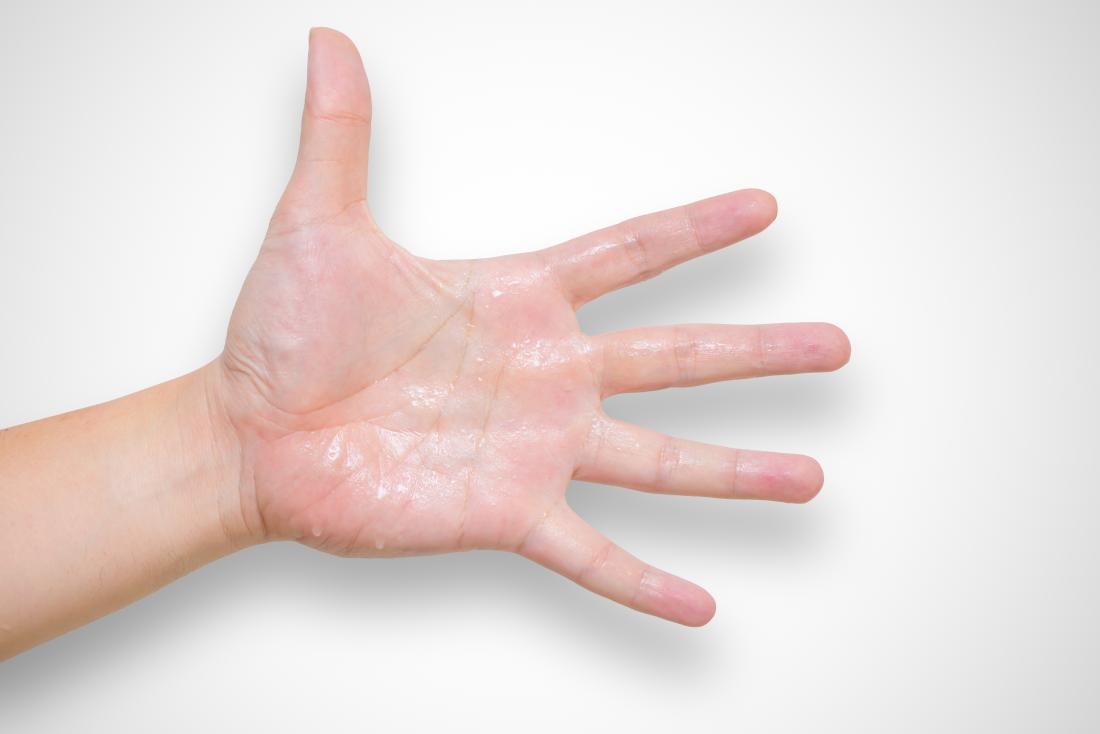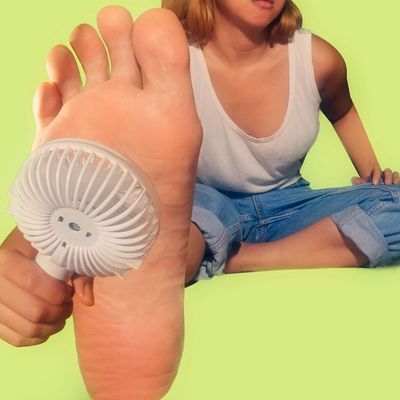Dermatology Tips and Treatments for Hyperhydrosis of Hands: Cutting-edge Solutions
Dermatology Tips and Treatments for Hyperhydrosis of Hands: Cutting-edge Solutions
Blog Article
Comprehending the Source of Excessive Sweating and Its Influence On Every Day Life
Excessive sweating, also referred to as hyperhidrosis, is a problem that impacts a significant section of the population, yet its underlying causes and effects on day-to-day operating stay rather enigmatic. While it is frequently comprehended as a physical reaction to regulate body temperature level, the triggers for excessive sweating can differ commonly among people, including not only physical elements but also emotional and psychological elements. Additionally, the impact of this problem expands past mere discomfort, often affecting social communications and overall high quality of life. By delving into the source of hyperhidrosis and discovering its diverse effects, a deeper understanding of this pervasive issue can be gotten, clarifying the complexities that individuals grappling with too much sweating navigate each day.
Physiology of Sweat Glands
The policy of sweat manufacturing, an important physiological procedure, is primarily controlled by the task of sweat glands distributed across the human body. Sweat glands are classified into two main kinds: eccrine and apocrine glands.
When the body temperature increases, either due to exercise, high temperature levels, or psychological stress and anxiety, the worried system sets off the sweat glands to produce sweat. This sweat is made up mostly of water and electrolytes like salt and chloride. The process of sweat production is important for keeping the body's inner temperature level within a narrow, ideal variety, highlighting the important duty gland play in human physiology.
Triggers for Excessive Sweating
In comprehending the origin of too much sweating, it is vital to recognize the triggers that can lead to this physical response. Extreme sweating, likewise called hyperhidrosis, can be prompted by numerous factors, both physiological and ecological. One usual trigger is psychological tension or stress and anxiety, which can stimulate the body's gland to generate more sweat than is essential for cooling. Physical exertion, high temperature levels, and spicy foods are also understood to activate extreme sweating in individuals vulnerable to this problem. Certain medical problems like hyperthyroidism, menopause, or diabetic issues can contribute to too much sweating as well.
Furthermore, medicines such as some antidepressants, opioids, and certain supplements can additionally serve as triggers for hyperhidrosis. Understanding these triggers is important in taking care of excessive sweating properly - Treatment for hyperhydrosis of hands. By identifying and attending to the details triggers that prompt too much sweating in an individual, doctor can establish tailored treatment strategies to minimize this problem and enhance the individual's top quality of life
Medical Issue Associated
Connected with excessive sweating are numerous clinical problems that can worsen this physical feedback. One usual problem is hyperhidrosis, a disorder characterized by unusually raised sweating that surpasses the body's thermoregulatory requirements. This can show up in focal areas like the hands, soles, underarms, or face, influencing an individual's top quality of life because of social embarrassment and pain.
Moreover, endocrine problems such as hyperthyroidism, diabetic issues, and menopausal hot flashes can also lead to extreme sweating. Hyperthyroidism causes an overproduction of thyroid hormonal agents, speeding up metabolic process and setting off sweating.
In addition, infections like endocarditis, consumption, and hiv have been connected with evening sweats, a typical sign known to disrupt rest and impact overall well-being. These clinical problems highlight the varied series of underlying factors that can add to too much sweating, requiring comprehensive analysis and monitoring by health care experts.
Emotional and psychological Variables

Influence On Social Interactions
Too much sweating can have profound impacts on an individual's capacity to engage easily in social communications. The noticeable signs of sweat spots or damp spots on garments can lead to humiliation and self-consciousness, creating people to take out from social scenarios. This withdrawal can affect relationships, restriction social activities, and hinder expert and individual development.

In addition, the anxiousness and self-esteem issues stemming from extreme sweating can impact communication and interpersonal skills. People may battle to concentrate on conversations, take part in team activities, or reveal themselves with confidence. This can lead to sensations of isolation and solitude, as social links end up being challenging to keep.
Final Thought

While it is frequently recognized as a physiological feedback to control body temperature level, the triggers for extreme sweating can differ commonly amongst people, including not just physical factors however psychological and also psychological aspects. By diving right into the origin causes of hyperhidrosis and exploring its diverse impacts, a much deeper understanding of this pervasive concern can be gained, shedding light on the intricacies that people grappling with too much sweating browse on a day-to-day basis.
Physical exertion, high temperatures, and spicy foods are additionally recognized to trigger too much sweating in people vulnerable to this problem. By determining and attending to the details triggers that trigger too much sweating in an individual, medical care carriers can establish individualized treatment plans to alleviate this condition and improve the person's top quality of life.
Too much this link sweating can have profound effects on an individual's capacity to involve pleasantly in social communications.
Report this page